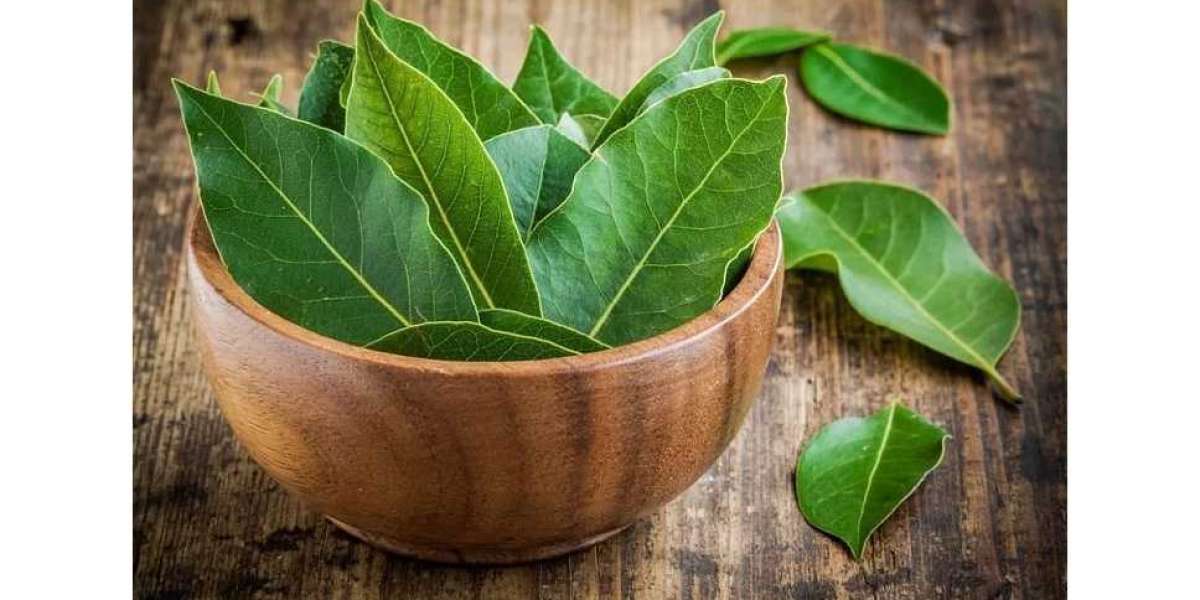Bay leaves are packed with nutrients and antioxidants that are beneficial for health. Just one bay laurel contains 4% of the daily recommended intake of vitamin K, which is essential for blood clotting and bone health. It also contains manganese, vitamin B6, copper, iron, riboflavin and dietary fiber. The powerful antioxidants in bay leaves called cuminaldehyde and eugenol can help protect cells from damage.
Health benefits of regular consumption
Cardiovascular Health
The antioxidant and anti-inflammatory properties in bay leaves are good for heart health. They can help reduce "bad" LDL cholesterol levels and prevent the oxidation of LDL cholesterol which contributes to plaque buildup in the arteries. This decreases the risk of heart attacks and strokes.
Diabetes Management
Studies have shown that bay leaves may help regulate blood sugar levels and increase insulin sensitivity. The active compounds help control glucose absorption from food by slowing down the digestive process. This makes bay leaves a beneficial herb for both diabetes prevention and management.
Digestive Health
Bay Leaf are commonly used as a carminative to prevent gas, bloating and indigestion. They stimulate the production of digestive enzymes and bile acids which boosts the digestive process. The essential oils in bay leaves also have antimicrobial properties which keep gut health in check.
Pain Relief
The eugenol found in bay leaves is a natural pain reliever and muscle relaxant. Consuming bay leaves or applying oils topically can help soothe joint pains, muscle strains, migraines and even toothaches. This makes it a popular home remedy for arthritis and fibromyalgia.
A culinary superstar
Bay leaves are one of the most popular herbs used in international cuisines. In Indian cooking, they are a staple in curries, biryanis, kormas and dals for their rich, warm flavor. In Mediterranean cuisine, they are commonly added to soups, stews and seafood dishes. Even western recipes like pot roast and vegetable soup benefit from the subtle yet complex flavors of bay leaves.
Selection and storage of fresh Bay Leaf
Fresh bay leaves are preferred for cooking due to their stronger flavor compared to dried leaves. When shopping, opt for deep green colored leaves that are soft, flexible and free of spots or cracks. Store them wrapped in a paper towel inside an airtight container in the refrigerator where they will stay fresh for about 2 weeks. For long-term use, bay leaves can also be dried and stored in an airtight jar away from heat and direct sunlight.
Get more insights on Bay Leaf
Unlock More Insights—Explore the Report in the Language You Prefer:-













